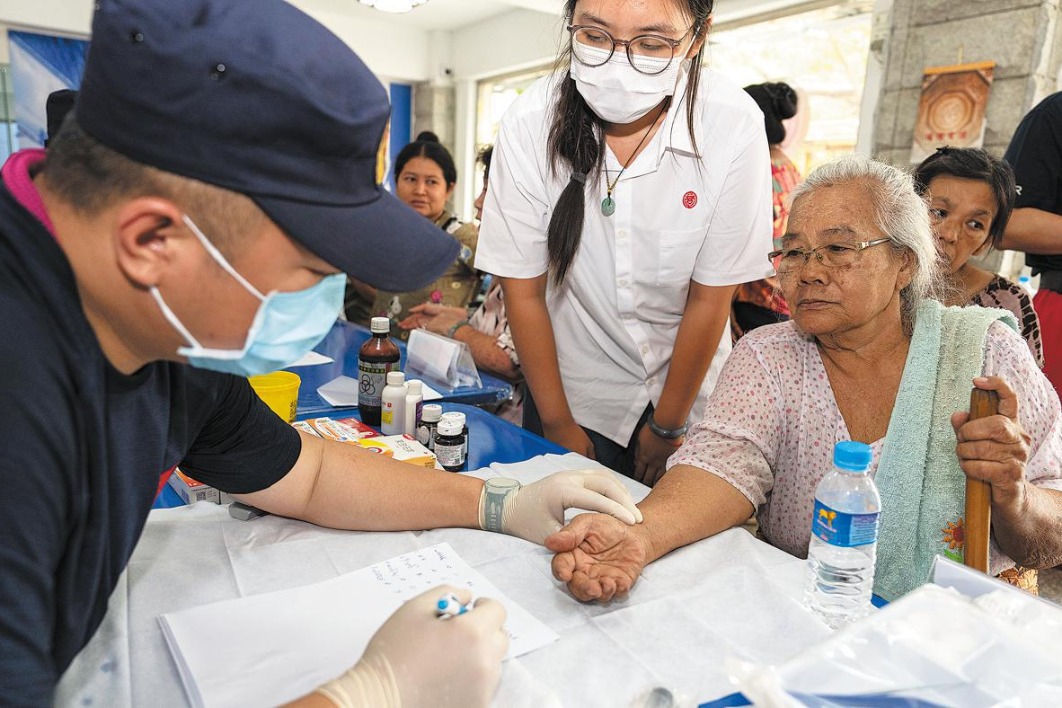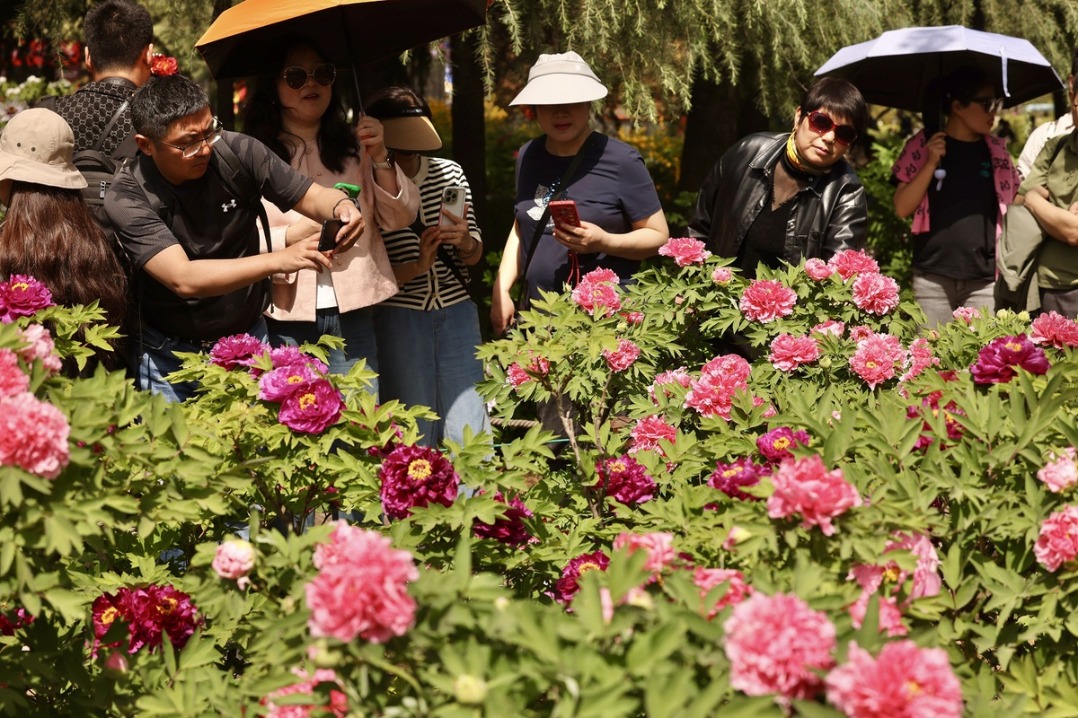Immersive theater opens new worlds for audiences, industry
Shift toward 'experience economy' creating exciting opportunities, expert says


Dinner and a show
Creating immersive content, however, presents distinct challenges, Wu said.
"Unlike traditional narratives, immersive storytelling demands multilayered plots that accommodate audience agency while preserving mystery," she explained. "The content must reward repeated visits and diverse audience choices."
Moreover, the industry requires a complete ecosystem — upstream content creation, midstream technology implementation and downstream distribution, she said.
Wu's research shows that roughly half of audiences combine shows with nearby dining, generating significant economic ripples. The McKinnon Hotel, Sleep No More Shanghai's performance venue, combines retail, dining and accommodation with theatrical experiences. The production drives cross-industry collaborations spanning fashion, real estate, e-commerce and more. The New World performance incorporates intangible cultural heritage cuisine during performances, while the SAGA City of Light project is expanding to include themed restaurants, boutiques and cafes.
Even dining has gone immersive. Gongyan, a themed restaurant recreating imperial court ceremonies, provides a dining experience that includes traditional performances and dynasty-spanning rotating menus. Ultraviolet, Shanghai's multisensory restaurant, combines dishes with 360-degree projections, music, and scents for a comprehensive sensory journey.
"When culture, tourism, and commerce converge, and people travel to a city for performances, it influences urban development," SMG Live president Ma said. "Within 5 to 10 years, as these cross-industry linkages mature, Shanghai could attract audiences from across Asia and globally."























